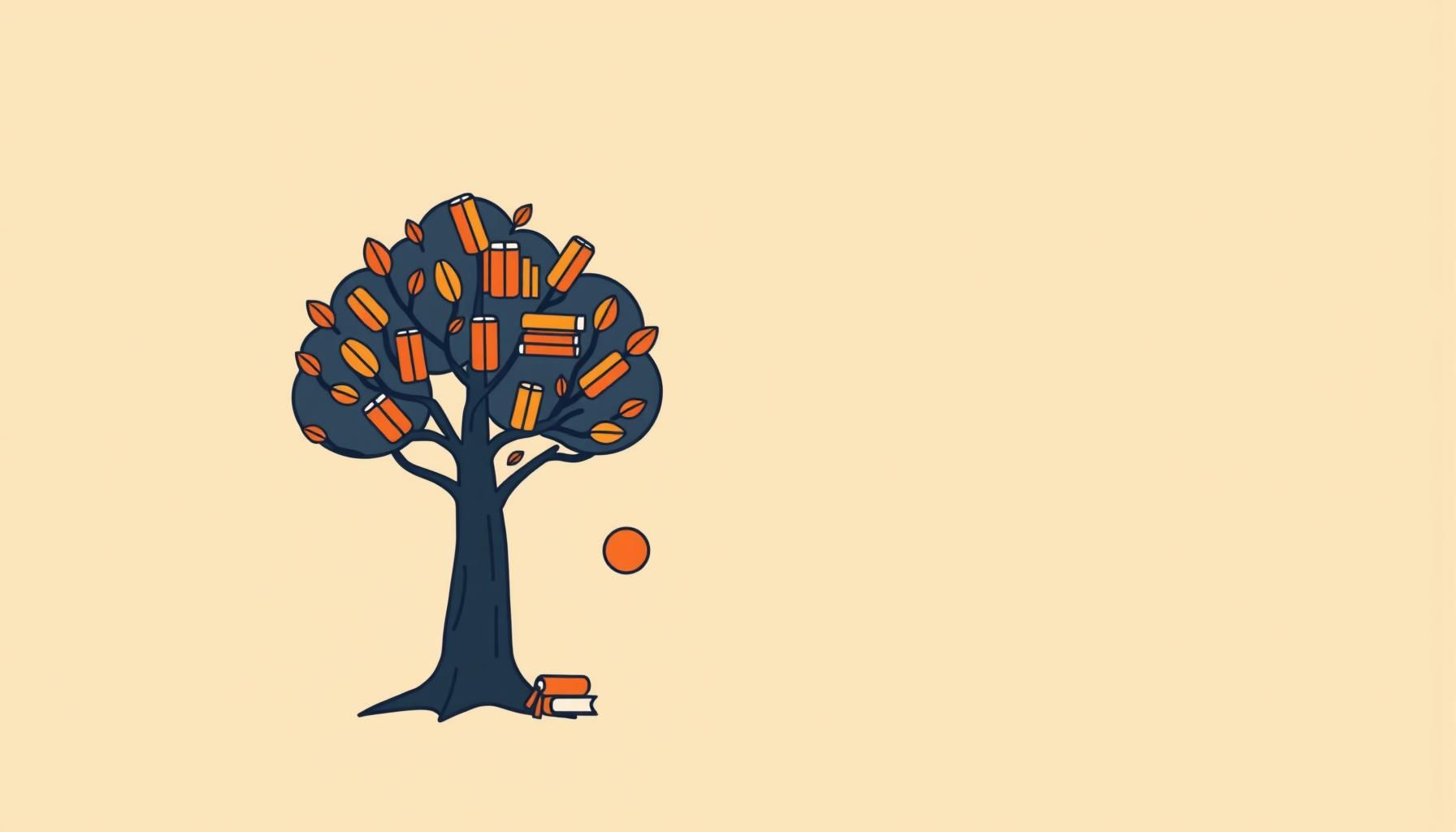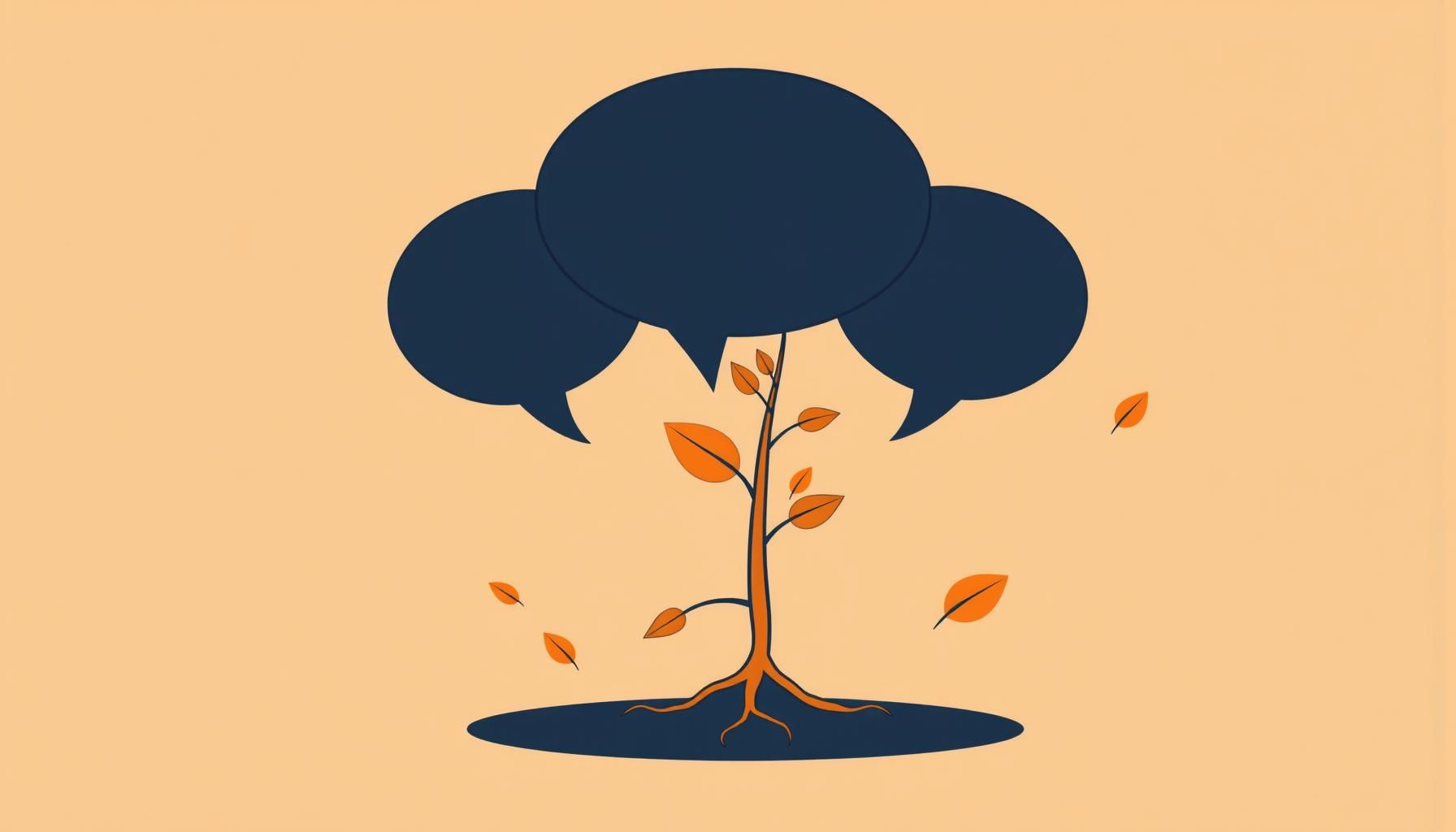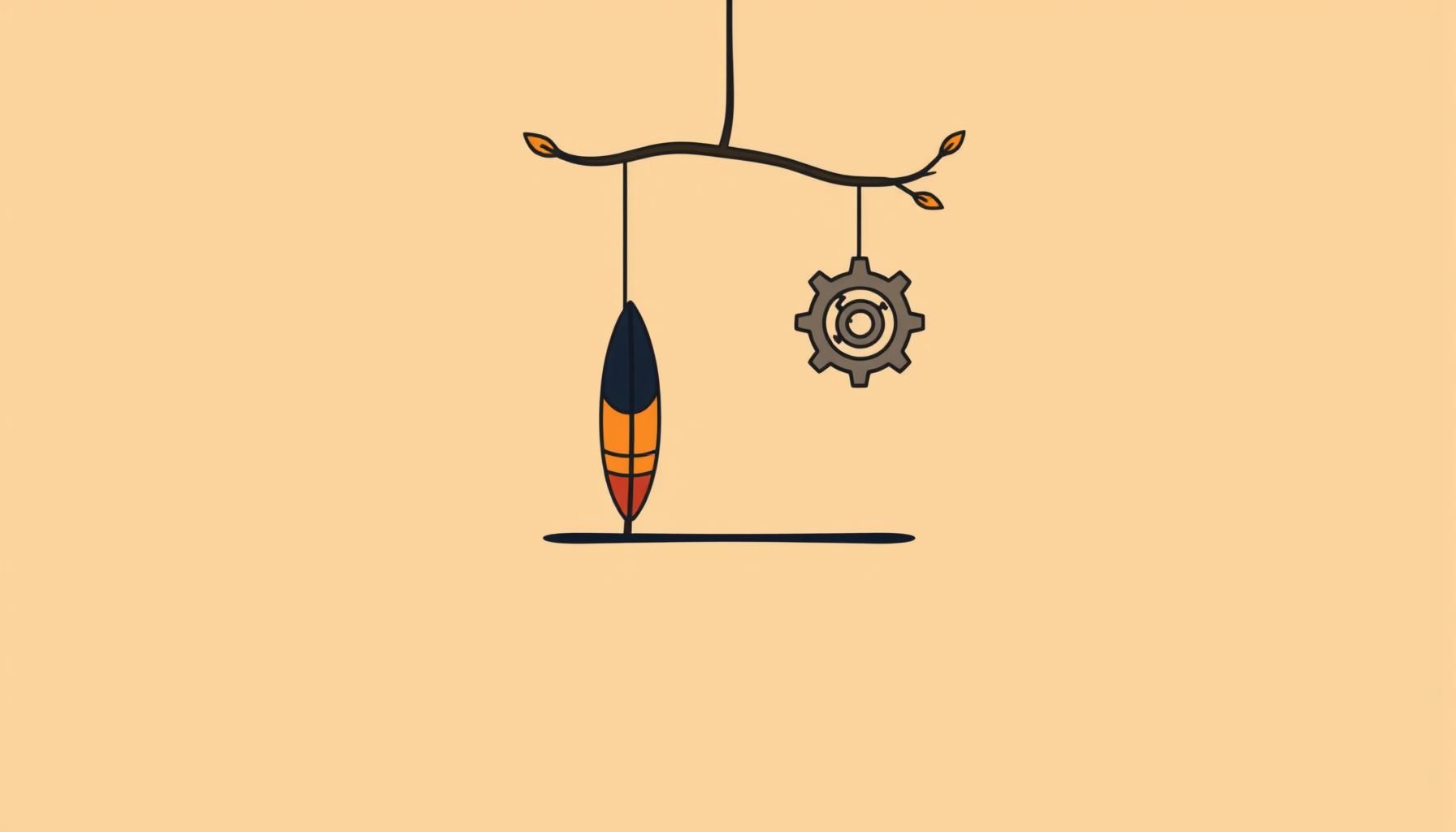
The sun shines brightly on this Tuesday morning in August, and as I watch my seven-year-old daughter chattering about her day at her nearby school. Watching her skip home, I wondered – will AI overshadow her human spark? I can’t help but think about the world she’ll step into as a young adult. The classroom windows reflect the clear sky above, but in my mind’s eye, I see the rapidly changing landscape of work and creativity that awaits her generation. What skills will be essential? How can I help prepare her for challenges that haven’t even been invented yet?
These questions surfaced recently when reading about how top advertising schools are rushing to incorporate AI education into their curricula. For decades, ad school grads entered the industry armed with classic creative skills—copywriting, art direction, design. Now? The next wave brings something completely new to the table: fluency in AI tools.
What if I told you that our early elementary schooler is already living in an age where AI literacy might be just as important as reading and writing? That the future workforce requires not just creative thinking, but the ability to co-create with intelligent systems? It’s both exhilarating and overwhelming—like watching your child take their first steps on a wobbly bicycle, knowing they’ll soon be racing down hills we can barely imagine!
How Fast Should Education Adapt to AI?

“Education needs to move even faster than that industry,” said Vann Graves, executive director of Brandcenter at Virginia Commonwealth University. Those words resonated deeply with me in my journey as a parent navigating this digital age. When I heard about Miami Ad School, Brandcenter, and London’s School of Communication Arts implementing AI components this fall, I recognized it’s not just about preparing future ad creatives—it’s about a fundamental shift in how we conceptualize learning itself.
Think about it: picture the generations before us. Grandparents learned skills largely applicable throughout their lifetimes. Parents like ourselves? We’re remembering the dot-com boom, the smartphone revolution, and now AI emerging seemingly overnight. Our children?
They’ll be natural bilinguals in human and machine languages!
Isn’t it incredible how educational structures that have stood for decades are fundamentally reshaping themselves? The OECD’s New AI Literacy Framework gives us a glimpse into how schools worldwide are beginning to integrate AI across subjects—not as a replacement for traditional learning but as an amplifier. Statistics, computer science, and social sciences all blend together to prepare students not just for using AI tools, but for understanding how they work and reflecting on their responsible use.
Unlike our own schooling memories, today’s children might complete their education having already collaborated with AI systems on creative projects. Imagine our kids reaching college seeing “technical” and “creative” as one! Isn’t it incredible how educational structures that have stood for decades are fundamentally reshaping themselves? The OECD’s New AI Literacy Framework gives us a glimpse into how schools worldwide are beginning to integrate AI across subjects—not as a replacement for traditional learning but as an amplifier. Statistics, computer science, and social sciences all blend together to prepare students not just for using AI tools, but for understanding how they work and reflecting on their responsible use.
How Can Play Foster AI Fluency at Home?

Ever feel stuck between tech and playtime? We’re all figuring this out! How do we prepare our children for an AI-infused future without sacrificing the joys of childhood? The answer might be simpler than we think—it’s about weaving AI concepts into natural play and exploration opportunities!
Remember how children learn best through play, curiosity, and hands-on experiences? That fundamental truth doesn’t change even as technology evolves. In fact, it becomes more valuable than ever as our digital and physical worlds continue blending.
I’ve noticed something amazing about my daughter when she interacts with our smart devices—not screen time obsession, but genuine curiosity. “How does this robot know what I’m saying?” she asked recently while using voice commands. Like when your kid asks why the tablet “knows” their favorite song? That’s the moment when curiosity lights up their eyes! Rather than providing a technical explanation, we turned it into a game: “Let’s see if we can trick it! Can we say ‘please’ in different ways to get it to understand?”
These moments—simple, unstructured, and playful—are exactly where AI literacy takes root. Researchers suggest teaching kids to team up with AI tools and co-create with them, something that can begin at home with:
– Voice assistant games that explore commands and responses
– Drawing apps with “magic” AI suggestions that children can modify
– Basic programming toys that teach the logic behind even complex AI systems
What if we think of AI tools as just another natural element in our children’s learning environment—like books, art supplies, or musical instruments?
How to Balance Tech and Real-World Learning?

Let’s be honest—one of the biggest parental challenges these days is managing screen time while still embracing technology’s benefits. The world of AI education offers tremendous opportunities for creativity and learning, yet we want our children developing face-to-face social skills too, right?
I’ve discovered something fascinating: when we approach screens not as enemies but as tools within a balanced toolkit, our children naturally develop healthier relationships with technology. It’s about intentionality!
For instance, screen time might become “exploration time” where we use apps that spark curiosity—perhaps identifying trees in our neighborhood while using AI recognition tools, then creating physical art based on what we’ve discovered. The OECD research shows that AI integration “deepens learning in subjects that are essential” across school systems.
Have you noticed how excited children become when AI tools help them create something amazing? That spark of understanding—the “aha!” moment that connects abstract concepts to concrete experiences—is pure gold! That’s the sweet spot we’re aiming for: technology that facilitates real-world exploration, connection, and creativity rather than replacing it.
What Does Co-Creating with AI Really Mean?

There’s a beautiful concept emerging in education circles: “co-creation” with AI. It sounds technical, but at its heart, it’s about humans and intelligent systems working together creatively—each bringing strengths to the table. Think of it like dancing with a partner. The AI tools might suggest ideas, provide technical capabilities, or handle repetitive tasks, but the human brings emotion, ethics, creativity, and purpose. Together? Magic happens!
But here’s the thing – can a machine ever feel proud of art? That’s where the human element remains irreplaceable. As parents, we can foster this co-creation mindset by:
– Encouraging our children to ask “what if?” when using AI systems
– Discussing why the AI makes certain suggestions (helping develop critical thinking)
– Creating projects where our kids take the lead in directing AI assistance toward meaningful outcomes
Researchers suggest “reflect[ing] on responsible and ethical use”—something we can begin exploring at home age-appropriately. “Do you think the robot understands fairness?” “Why do you think it made that suggestion?” These simple questions plant seeds of ethical thinking that will grow alongside their technical fluency.
Picture this: six-year-old artists using AI tools to generate color palettes, then creating physical paintings inspired by those suggestions. Young storytellers building worlds where AI characters interact in surprising ways simple algorithms wouldn’t generate on their own. Children developing intuition about when to trust technology and when to trust their own instincts.
What Skills Matter Most in an AI Future?

What skills truly prepare children for careers that might not exist yet? The advertising schools mentioned recognize that while specific technical skills evolve, certain deeper competencies remain valuable across changing contexts.
I’m reminded of research showing that the most in-demand future skills include critical thinking, creativity, emotional intelligence, and adaptability—all human strengths that enhance rather than compete with AI capabilities.
That’s our sweet spot as parents: focusing on developing these AI skills while introducing technology as a tool for amplification rather than replacement.
Honestly? Here’s what keeps me up at night as we approach this new frontier:
– The foundation of learning remains curiosity, wonder, and play
– Technology like AI should serve human purposes and values
– Balance digital experiences with tangible, sensory-rich activities
– Encourage asking questions about how AI systems work
– Nurture both technical understanding and ethical thinking
So tomorrow, when your child asks how Siri works – maybe answer with a game, not a lecture. What magic might they create? Our goal isn’t to raise AI experts but to raise adaptable, thoughtful humans who can thrive alongside intelligent systems—who can lead with wisdom, create with passion, and connect with genuine warmth regardless of how sophisticated our AI education becomes.
Source: Ad Schools Race to Equip Grads for the AI Age, Adweek, 2025-08-18 06:00:00
